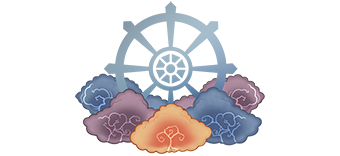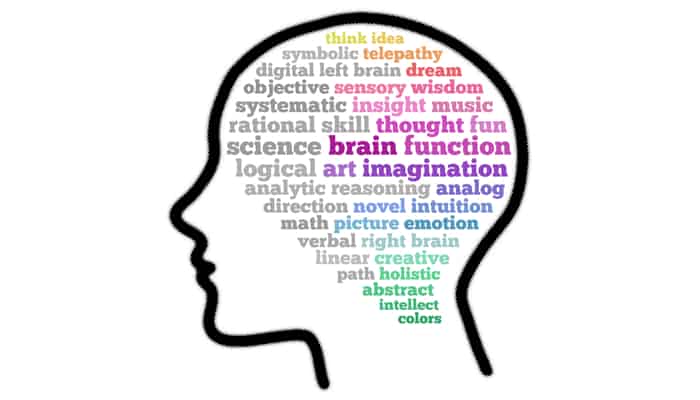Article: Notes Towards a New Understanding of Education: Bringing Intuitive and Empirical Learning Into Balance
Article: Notes Towards a New Understanding of Education: Bringing Intuitive and Empirical Learning into Balance
By Isa Gucciardi, Ph.D. and Laura Chandler
Summary: A complete education must help individuals to develop internal ways of knowing through experiential learning in addition to developing empirical ways of knowing through rational forms of learning.
As we approach the time of year where we traditionally return to formal education, it is important to consider the role that education plays in our lives. Education is defined in many different ways, and might generally be understood as a process where information regarding the nature of reality is transmitted from one person to another in a group setting.
This idea of reality could be described as a kind of consensus, based on empirical information that has been accumulated and synthesized into a modality that can be passed on through educational systems. The skillset that we develop in order to participate in this process of education requires that each individual must, to some degree, attune to the demands of the group, the desires of the instructor, and work towards the development of a rational intellect that can reproduce what is taught in a socially acceptable way. These are important skills, and necessary for members of any society.
There is, however, another important aspect of learning that is almost completely overlooked in traditional educational environments. This is the intuitive aspect of the psyche that each person possesses. It is not easy to measure, or to test empirically, but it exists within each of us, guiding our understanding and ability to process information. Often, as we focus our attention on the empirical and rationally driven types of learning, we lose touch with this naturally occurring intuitive side of our experience. This is quite simply the ability to listen on a deeper level. This type of learning is experiential in nature, felt, rather than understood exclusively through cognitive processes. Everyone uses these two types of learning to receive and process information, yet, for many of us, one type tends to become overdeveloped and used more often than the other. In our rationally fixated society, that tends to be the empirically derived, external transmission of information found in traditional school settings. Yet, by bringing the two forms of learning and perceiving of information into balance, we increase our capacity for gaining knowledge.
As teachers of shamanism, Buddhism, hypnotherapy and energy medicine, we spend a lot of time helping students develop the learning tools they need to be able to move into the fields of knowledge that are held on an experiential level. There are consistent barriers that students encounter in trying to learn at the level of internal experience that prevent the bringing into balance of the two modes of learning. Two of the most common barriers students encounter in trying to move into new ways of knowing are the feelings of doubt and the inability to trust information arising from outside of the senses. Both of these barriers seem innocent enough, but they are actually very damaging to a person’s ability to develop confidence in intuitive learning and inner knowing.
The most common hesitation we hear in teaching people how to move inward with confidence is, “What if I am only imagining what I am perceiving?” We always say, “So what if you are imagining it? What is wrong with imagination?” The human imagination is one of the most powerful creative forces on the planet. If you cannot image something, you cannot know more about it. Of course, there can be problems with what a person images, but those problems are only an indication of problems that might be occurring within the deeper self. If you allow the image of what is occurring in the deeper self to rise to the surface without the interference of the intellect determining what is correct and what is not, there is a lot that can be learned about the deeper self.
Beyond perceiving what might be out of balance through what we image, we can also move into balance through what we image. For instance, in shamanism, and in deity meditation in Tibetan Buddhism, the student is asked to move into internal ways of knowing. They are instructed to move toward the encounter with an image of a field of compassion that holds particular lessons for the spiritual development of the student. In Buddhism, that image generally takes the form of a Buddha or other deity. In shamanism, similar fields are generally imaged through forms of nature.
Ultimately, the passage to this world of knowing must go beyond the field of imagination, but for many, they must pass through the field of imagination to access the realms that exist outside material existence and perception. Once the encounter with these fields of experience through the image of the teacher occurs, the teaching begins. And that teaching is almost never what one could imagine. In order to be able to move into the internal world with some confidence, the student must learn to quiet the doubt of the intellect and to trust information arising from the internal senses. The student must be weaned away from dependence on external senses such as sight. The student must learn that seeing, with external sight, is not always required in order to believe the information that is being perceived.
As the student develops trust in internal ways of knowing, education regarding the nature of the unseen deepens almost endlessly. There is so much to learn about the way the unseen informs the seen world. Shamans and practitioners of some forms of meditation have understood these connections with varying levels of sophistication for millennia. Students in these disciplines are taught to combine the internal transmission of information with more traditional types of learning to attain a mastery of understanding that escapes those who rely on only one form.
Today, these forms of knowing are even more important for the average person to develop, because both our internal and external environments have become so complex. We cannot depend exclusively on information arising from the outside world if we are to truly understand our deeper nature. Education must include the ability to receive and trust information experientially if we are to move into an authentic way of being, informed, but not dictated to us, by our teachers, priests, politicians, bosses, parents, and so forth. By bringing the experiential and rational forms of learning into balance, students are much better prepared to meet the demands of the modern environment.

